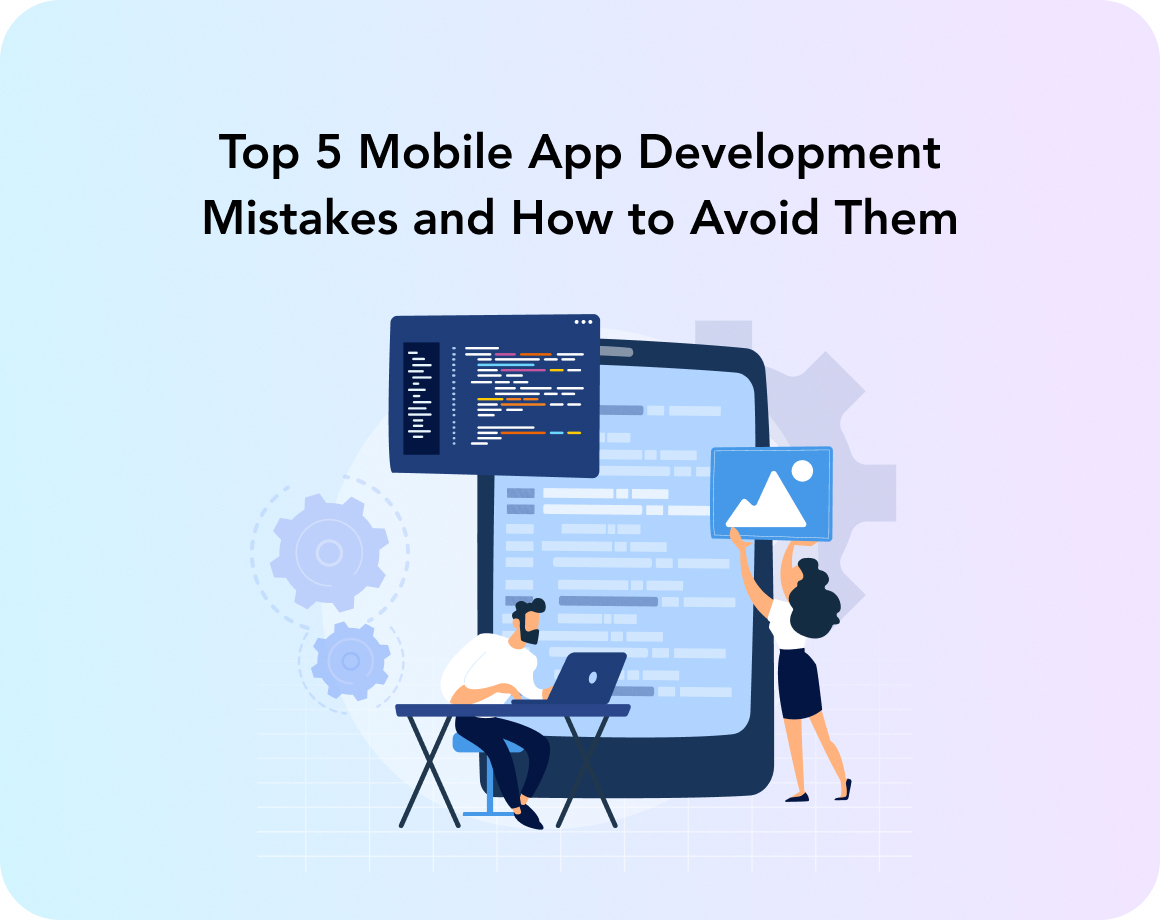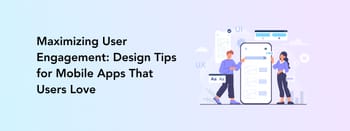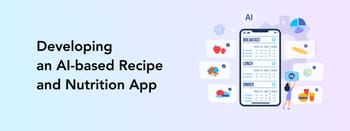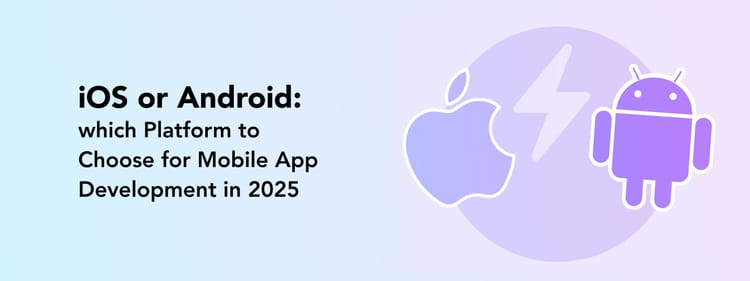Making mistakes is normal, especially when it comes to doing something new. At the same time, some mistakes can be costly. One example of expensive mistakes is making wrong decisions during the app development process.
A client who has never had an app developed before might not be aware of all the nuances of app development. Again, this is completely normal, and a responsible development team will always explain how to do things best to create both a functional and revenue-generating product.
Today, we will share the top 5 mobile application development mistakes that we warn our clients about and explain how to avoid those and not lose precious time and budget on unnecessary processes.
Leaving the QA Stage Out
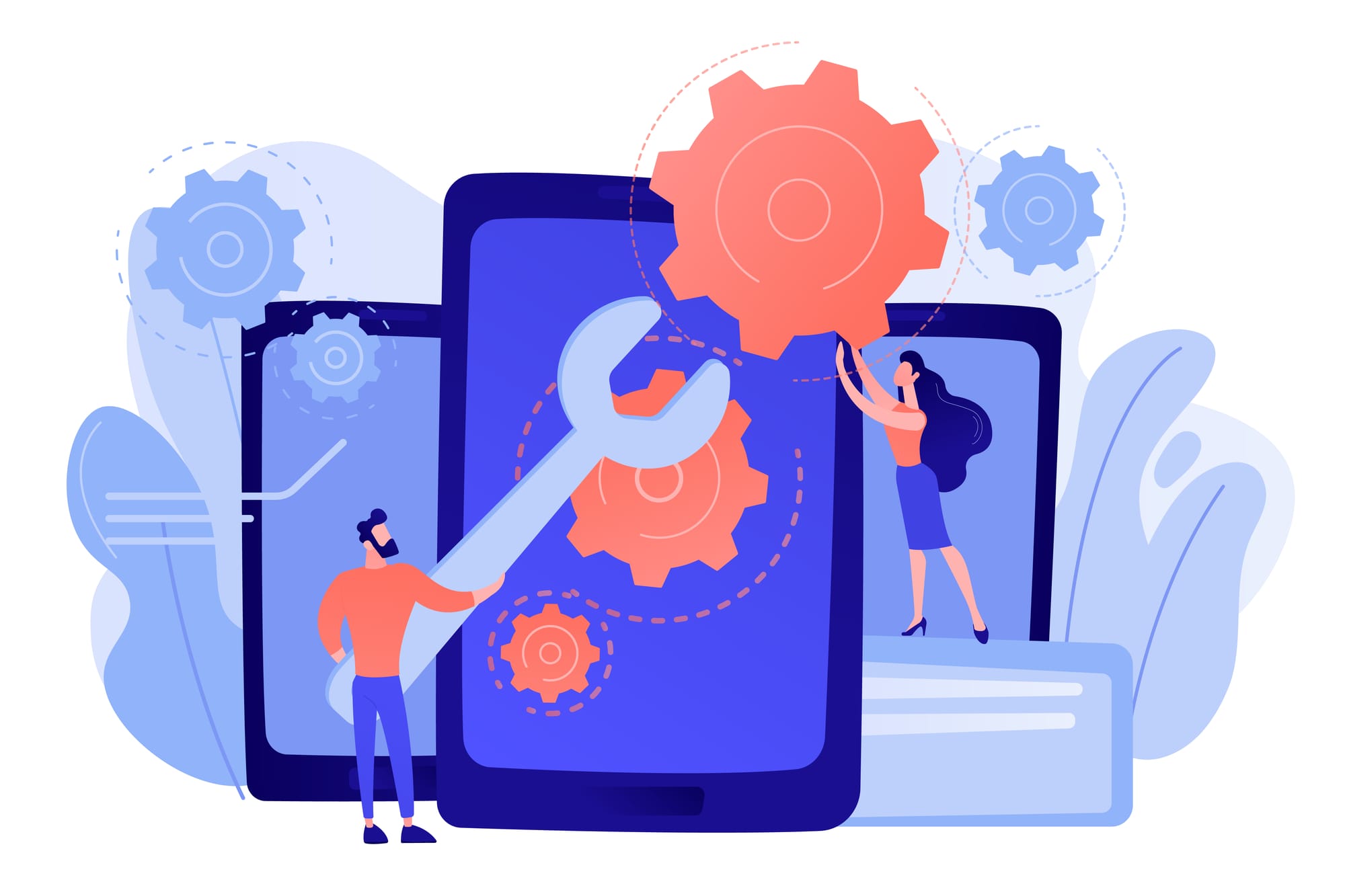
If there is one thing and one thing only we can tell our clients as advice, it’s not to leave the quality assurance (QA) stage out of their app development process.
Testing may sometimes seem unnecessary. After all, the mobile application is all done and ready to be released to the big world. That’s a big misconception. QA is as much needed as preliminary research, UI/UX design, or app development itself.
Consider this: the process of writing code and integrating various APIs and third-party libraries isn’t as predictable as one might think. Even the most skilled developers can make minor mistakes, and, what’s more, various software development tools might not integrate correctly or even be incompatible.
That’s why, at Perpetio, we involve code reviews and self-checks by developers during the development stage. At the same time, releasing a product that is not thoroughly checked for minor issues can significantly lower user experience and let small bugs slip into the final product.
What’s more, sometimes, the UI design elements might not be implemented in the final app exactly as the designer intended. This can happen due to technical difficulty of implementation or misunderstandings between the designer and developer. That’s another reason why a dedicated QA specialist should review the app and compare the app requirements and original design with the final product.
Additionally, a QA engineer checks the app for a variety of parameters, such as
- Functionality (The app works as expected)
- Performance efficiency (Fast response and low resource use)
- Compatibility (Works with other systems)
- Usability (Easy and intuitive to use)
- Reliability (Stable and available when needed)
- Security (Protects data and user information)
- Maintainability (Easy to update and fix)
- Portability (Can be used across different platforms)
Plus, it’s important to make sure that the app is also user-friendly and accessible.
The QA stage is not too lengthy and costly. Plus, fixing the issues after the release is more costly and can negatively affect the brand’s reputation.
Not Opting for an MVP

Yes, of course, you want to build an all-encompassing, feature-rich app that every user will love. More features, better product, isn’t it right?
Not always. If you are developing a brand new application from scratch, we recommend taking things slowly and starting with creating an MVP (Minimum Viable Product).
What is an MVP? An MVP is a basic version of an app that contains all the necessary features to present value to the first users. In other words, it’s the first release of an app with all the core features and nothing more. Of course, it’s still a complete and visually attractive product.
Why opt for an MVP as your first app?
- Cost-effectiveness: developing a basic app is cheaper than adding many advanced features.
- Risk-free: no matter the app quality and preliminary market research, you don’t have a guarantee that the app will do well right away and earn you profit. By spending less on the first version of the app and leaving space for changes later on, you avoid many budget risks.
- Real audience testing: an MVP can be a real-life test for your app idea. Instead of relying on guesses and hypotheses, you can test those out with a real audience and adjust the app functionality based on their feedback.
After releasing the MVP version of the app, your mobile app development team can collect user feedback through various platforms, analyze the app metrics, such as download rate and Churn rate, and then implement improvements and add advanced features based on these.
Remember that it’s always better to release a basic app and let the market decide if it’s needed right now rather than spend a year developing numerous complex features for a product that won’t gain traction.
Not Having a Launch and Maintenance Strategy
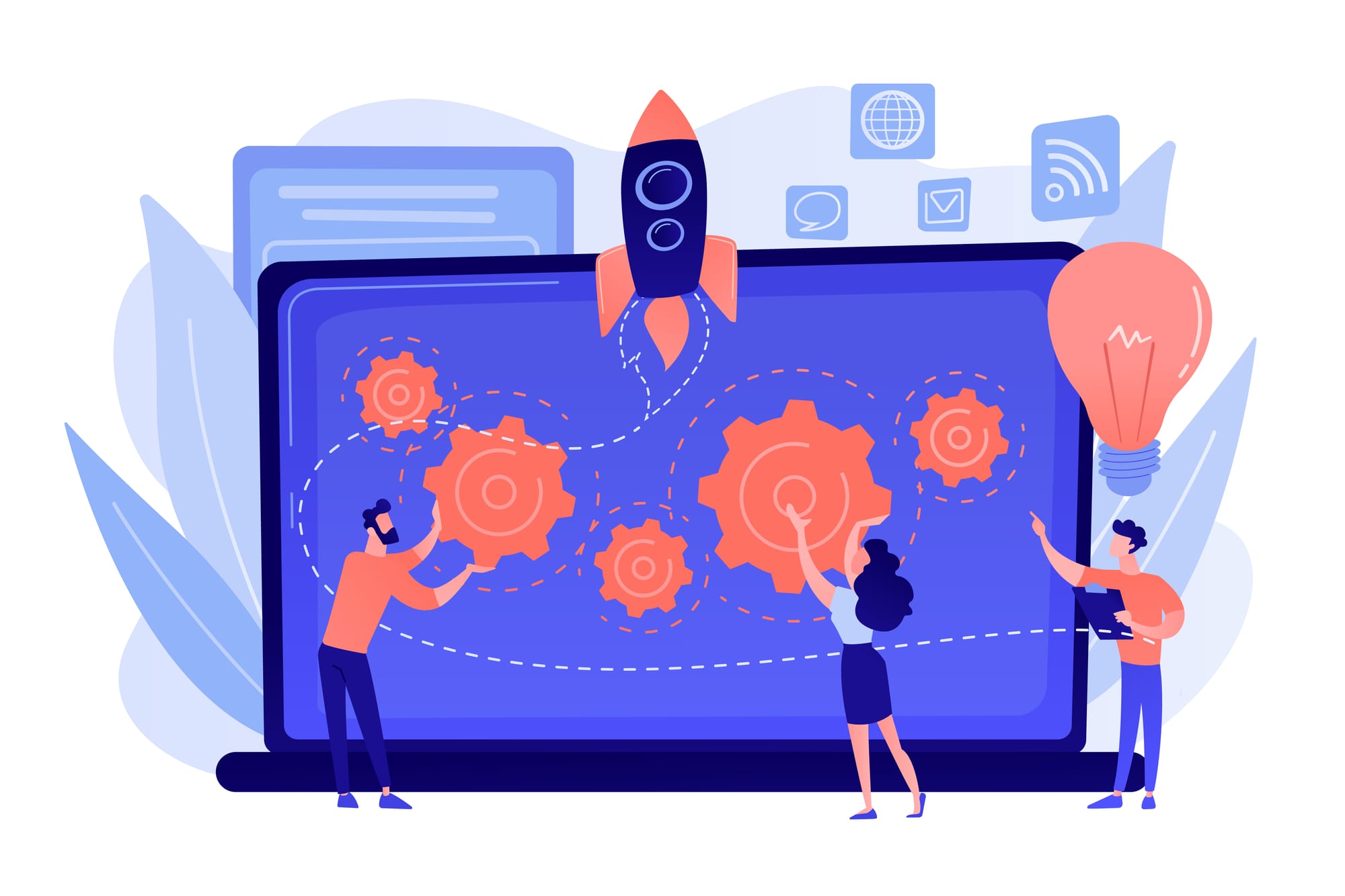
Suppose your app is all finished and ready to be released. All done then? Not quite. The mobile app development process doesn’t finish when the last line of code is written or even when the application is tested.
The success of your app, especially in terms of monetization, depends not only on the app’s quality or feature set but also on your marketing efforts, launch plan, and a well-suited monetization strategy.
When it comes to choosing a launch and marketing strategy, it's important to tailor your efforts to your target audience. This could mean promoting your app on social media platforms, using influencer marketing, or even running paid ads. The strategy will vary depending on who your users are and how they prefer to consume content.
In addition, maintenance is key after the initial launch. The first users will likely leave feedback, noting things they enjoy or features that need improvement. Whether they comment on Google Play or the App Store, these opinions should be taken seriously. Regular updates based on user feedback help you improve the app and show users that their voices are heard.
If you’ve started with an MVP, maintenance is an opportunity to gradually add more features that have the potential to gain traction. At Perpetio, like many app development companies, we offer both launch and maintenance services. You can always rely on us to help manage and update your app, as we’re already familiar with its ins and outs.
No Market and User Research
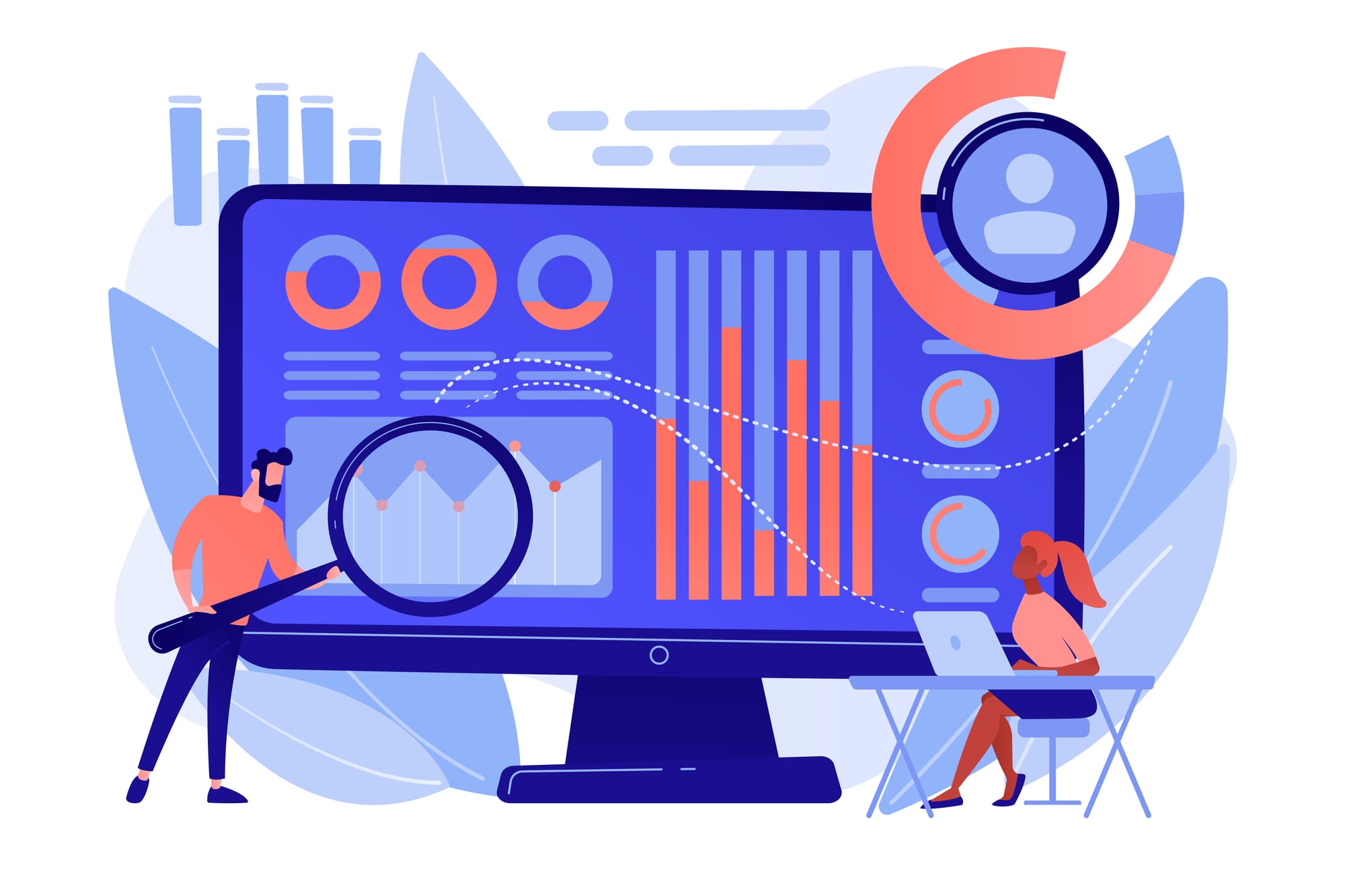
Before starting to design an app, it’s essential to understand who you're designing it for. Without proper market and user research, your app may lack relevance for its target audience.
User persona research is crucial in identifying the needs and preferences of your audience. Conduct interviews, gather data, or even use A/B testing with prototypes to see what resonates with users. This helps to highlight the specific problems your app solves.
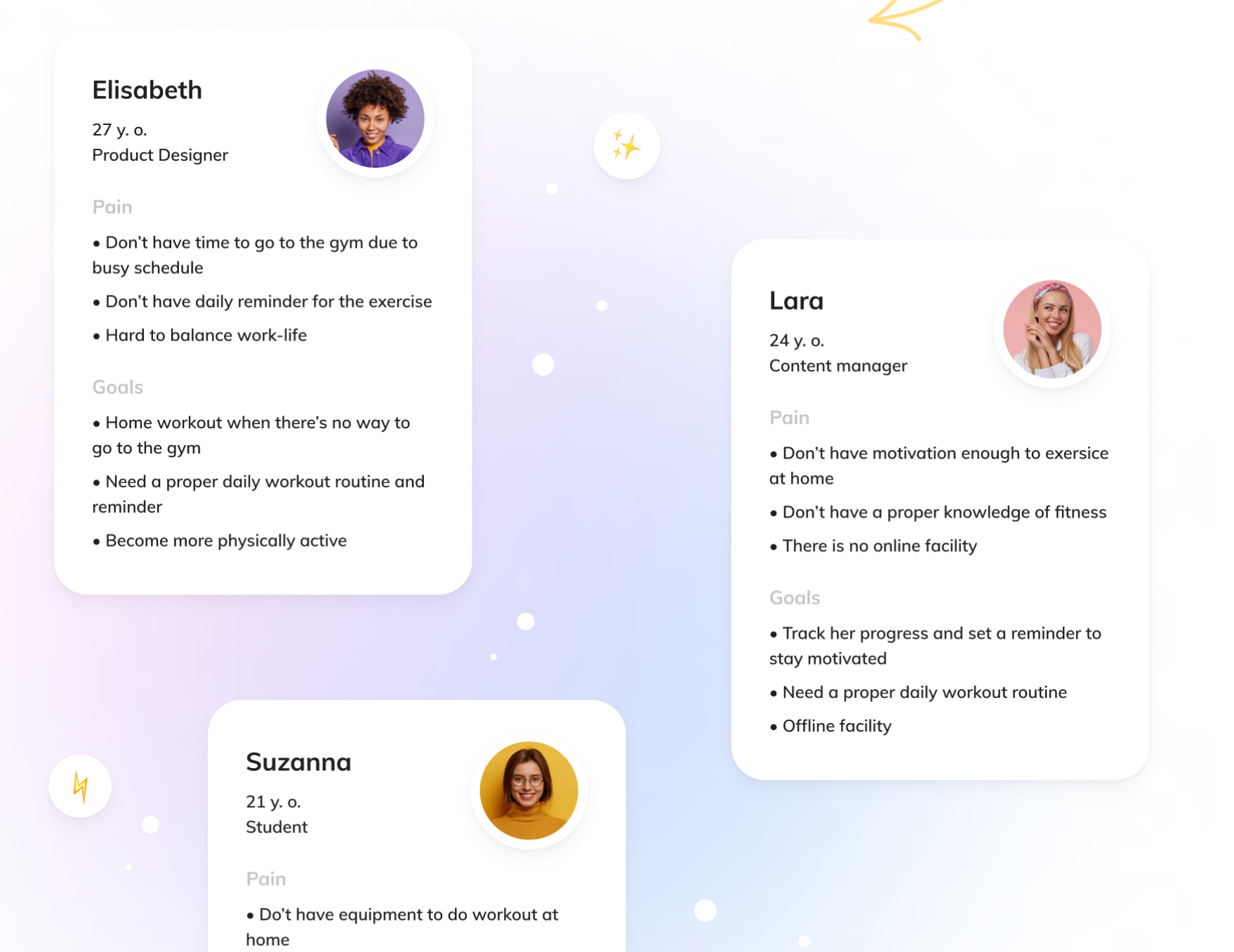
Competitor research is also important — look at what similar apps on the market are offering, what users love about them, and what they often complain about in online reviews. This can help you pinpoint the unique selling points (USP) of your app and identify gaps in the market.
By understanding both your audience and competition, you can focus your development efforts on building a product that stands out and truly answers the needs of your users.
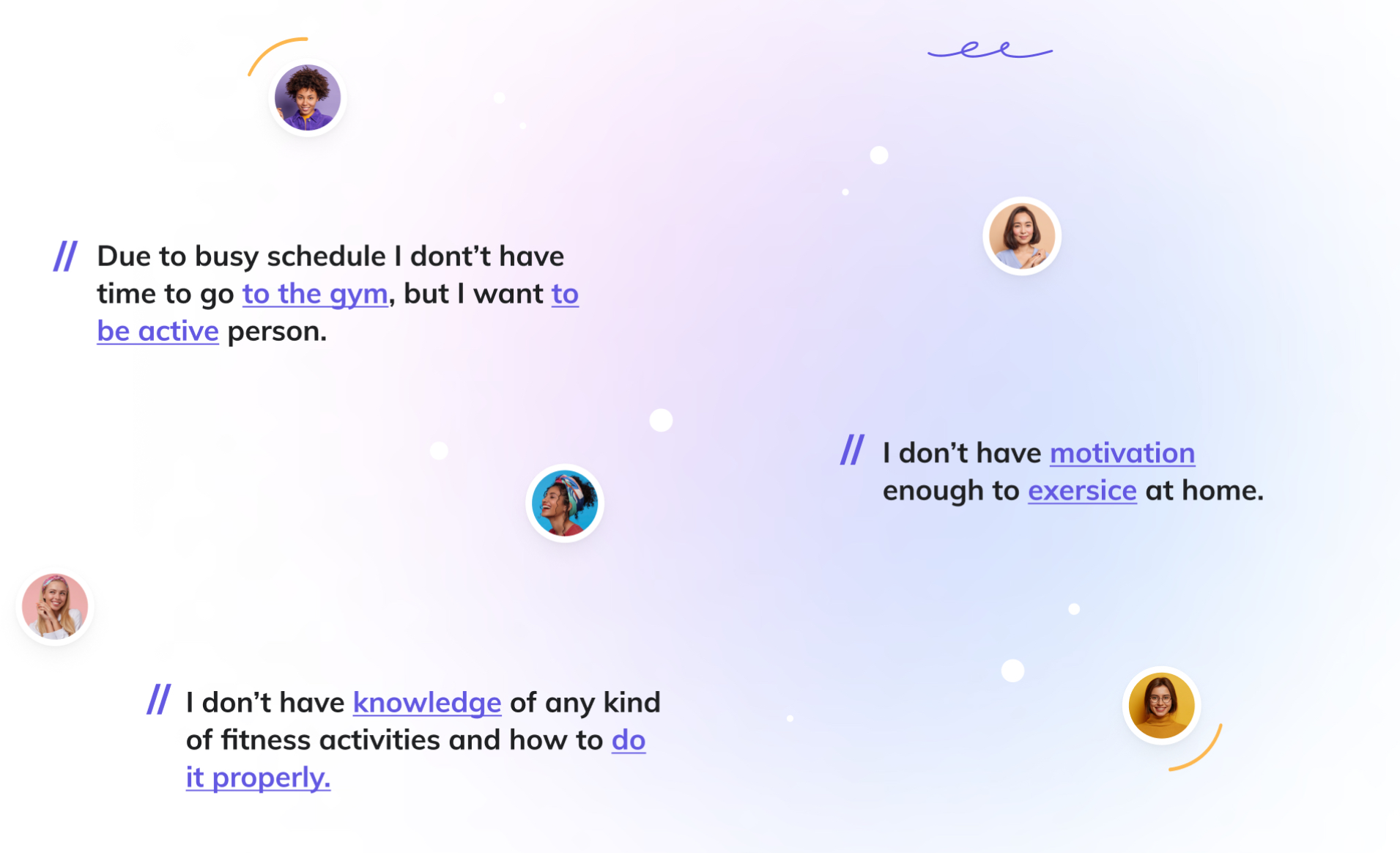
Forgetting Onboarding for Users

Once users download your app, the first step they’ll take is onboarding. Proper onboarding ensures that users understand the main feature set, how to navigate the app, and what permissions are required, such as access to their camera or data policies.
A clear onboarding experience makes users feel comfortable and informed about how to use your app. It’s also a good opportunity to explain the key functionalities of the app and show them how the app can improve their experience.
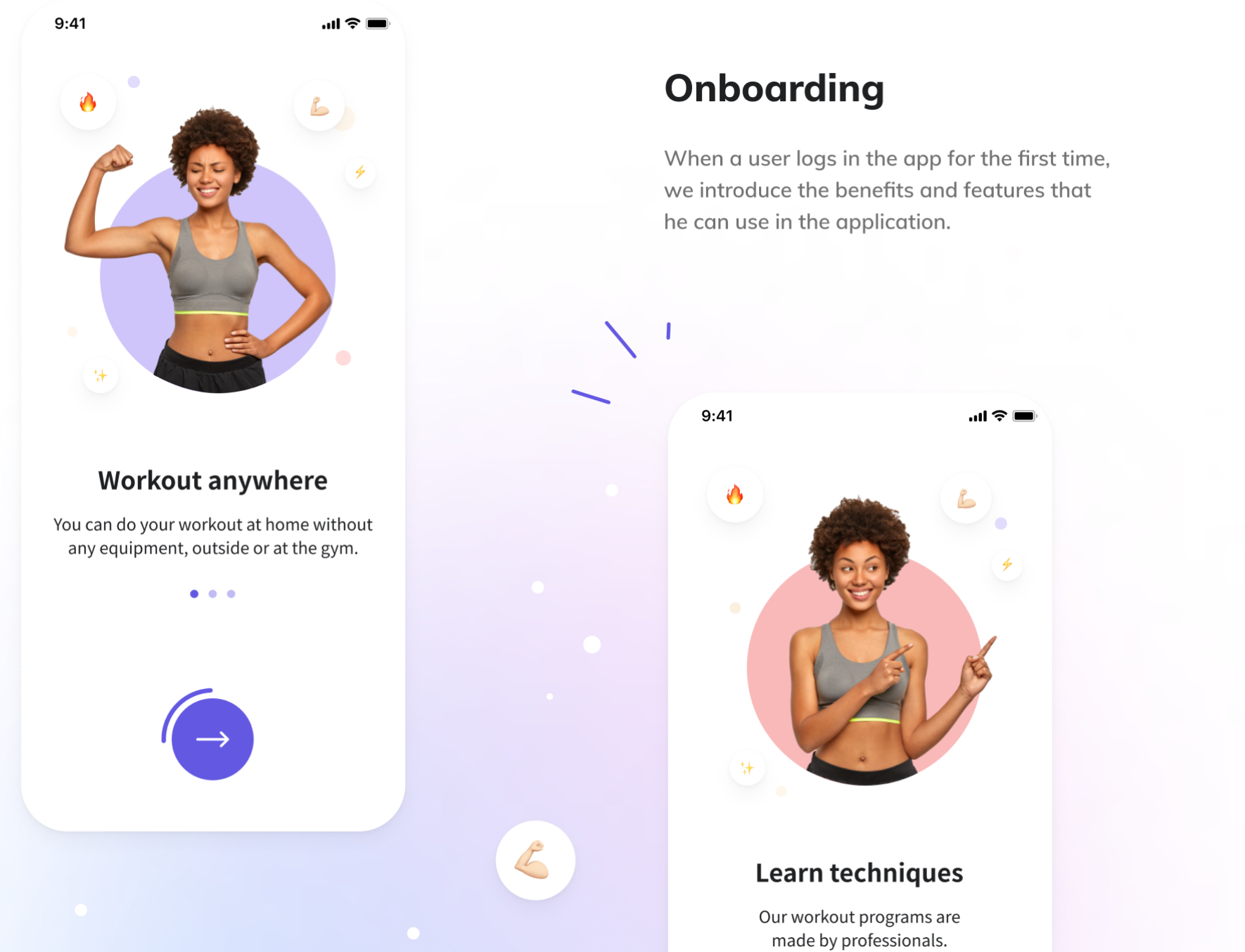
Consider Perpetio Your Trusted Partner
At Perpetio, we advocate for a holistic approach to mobile app development. We don’t just focus on writing the code – we care about the overall success of your product and how it performs in the market.
That’s why we emphasize the importance of thorough research, careful planning, and a well-thought-out launch and maintenance strategy. From initial concept and market analysis to user onboarding and post-launch updates, we guide our clients through every step to ensure their app is not only functional but also loved by its users.
If you're ready to bring your app idea to life or need a trusted partner to take your project further, feel free to reach out to Perpetio – we’re here to help your app succeed!
